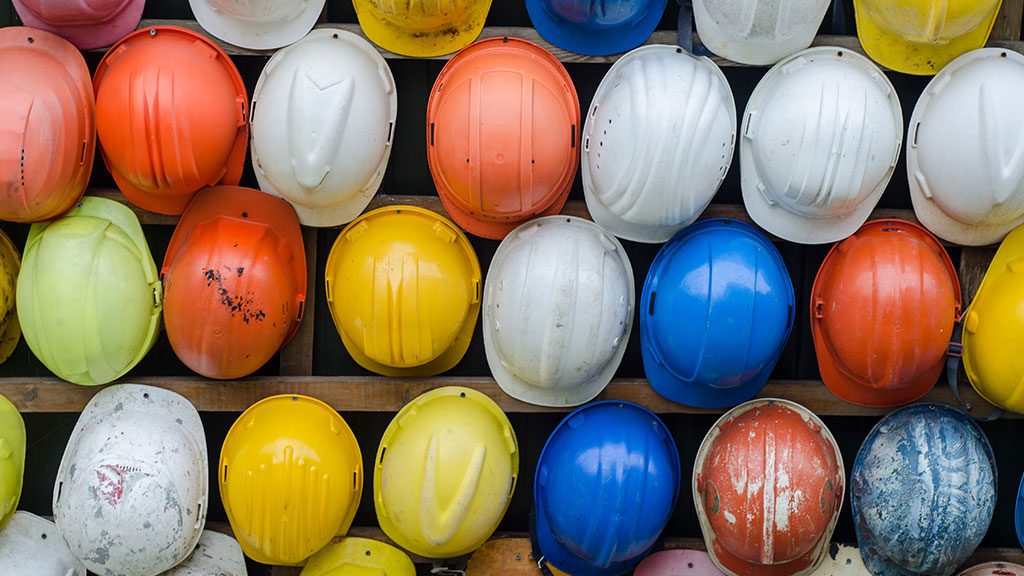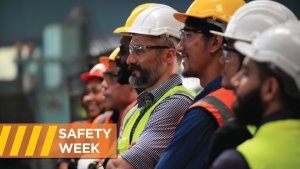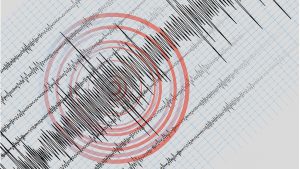The Internet has many graphic examples of what happens when a construction tool or other object is dropped from a height onto a watermelon.
Several videos illustrate this all too well.
Here is an example from YouTube on the fate of two watermelons.
The same video also show the protection that is provided by a hard hat.
Sometimes a video is worth several thousand words.
The lesson to be learned is simple, but it bears repeating.
Hard hats save lives. They also reduce the severity of injuries.
All hard hats worn in a B.C. workplace must meet the well-defined standards of the Canadian Standards Association (CAN/CSA – Z94. 1-92 Industrial Protective Headwear) or other standards listed in the WCB Regulation, or acceptable to WCB.
Look for the CSA sticker for quality assurance.
The CSA standard requires that a five kilogram headform (their term for the testing dummy’s head wearing a hard hat) be dropped from 1.15 metres. The hard hat must provide adequate protection.
The result of this impact upon an unprotected head would be catastrophic.
Hard hats work.
Of course, good worksite management, including the use of toe boards and netting to prevent or catch objects that may fall from elevation all play a key role in the initial defense against injury.
Protecting employees from potential head injuries is a key element of a safety program in virtually all industries.
The primary reasons for the WorkSafeBC regulation requiring hard hats in the workplace is to help protect employees from head trauma from objects falling from above; bumping into fixed objects, such as pipes or beams; or contact with electrical hazards.
But a hard hat only works if it is worn and properly maintained.
Make sure your hard hat is not sitting in your truck or on a bench. Wear it and wear it correctly all day on the worksite.
Make sure your hard hat is sized and adjusted properly for a good fit.
Check that the webbing is in good shape and replace it when necessary.
Clean your hard hat and webbing regularly with soap and water to remove dust, mold, and germs. This will increase its lifespan.
Check your hard hat often for cracks, gouges or other signs of damage. Replace it when needed.
After three years, most hard hats are pretty beat up and should be replaced.
WorkSafeBC data demonstrates that we have a long way to go in protecting ourselves and our workers from head injuries, as this Table on head injuries demonstrates:
|
Year |
Sector 72 Construction |
All sectors |
|
2008 |
883 |
4,568 |
|
2009 |
538 |
3,404 |
|
2010 |
612 |
3,804 |
|
2011 |
725 |
4,354 |
|
2012 |
695 |
4,563 |
|
2013 |
659 |
4,303 |
|
2014 |
693 |
4,609 |
|
2015 |
666 |
4,574 |
|
2016 |
806 |
4,926 |
|
2017 |
811 |
5,441 |
B.C. workers in all industries have suffered a total of 44,546 head injuries over a 10-year period.
Construction workers have suffered 7,088 head injuries over the same time frame.
We should be doing much better, and our efforts should start with getting hard hats on all of our workers who are at risk.
Dr. Dave Baspaly is president of COCA. Send Industry Voices comments or questions to editor@journalofcommerce.com.









Recent Comments
comments for this post are closed